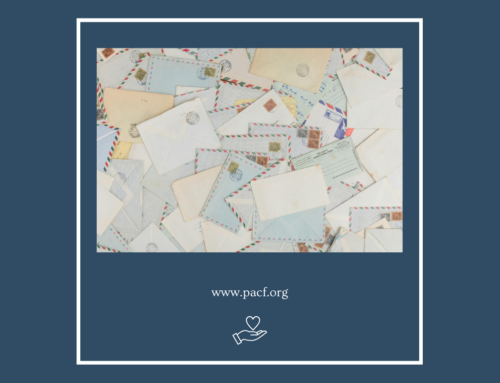– Nancy Kieling, President
February 4, 2013
Today’s New York Times has a thoughtful article about donor intent, the defined expectations and obligations that attend a charitable gift to a nonprofit.
Nonprofits have a legal obligation to carry out a donor’s expressed wishes and this can get extremely complicated, even controversial, in cases where circumstances change after a donor is gone.
So the million dollar question is, “How do you adhere to a donor’s wishes when they seem to interfere with the best interests of the institution?” Sometimes institutions must diverge from the stated intent of a donor in order to honor the spirit of the gift.
I would add a few things to consider:
• When a gift is made for which a tax deduction is given, it becomes the asset of the public, broadly defined as all of us, entrusted to an organization well-equipped to manage it.
• Donor intent is critical to the trust required for most of us to hand over hard-won assets, whether cash or art or land.
• Institutional interests and the world we live in change with time, and can be distinctly different from the interests of generous individuals.
The wisdom here is in John D. MacArthur’s words: “I figured out how to make the money. You fellows will have to figure out how to spend it.” He recognized that these are two very different skill sets that are interlinked and need each other. So how do we find our way through the maze of potential problems?
Nonprofits of all kinds need to be very well versed in the rigors of perpetuity AND be willing and able to help donors understand the often fine line between perpetual preservation and hand-tying restrictions.
Donors need to recognize that change is constant, and will impact how we preserve our heritage even if we hope it won’t. It’s a common adage that “…you can’t control from the grave…” but it’s tempting to try.
The art of it all is to find the sweet spot between the two, ever mindful of the public’s broad interest in the educational, charitable, and social needs of our communities. By discussing the potential for change, a nonprofit and donor together can ensure that a gift will continue to serve the public and remain true to the donor’s core intent. In some cases, this means giving the nonprofit leeway to adapt and evolve the specifics in order to preserve the spirit of how a gift is administered.
Absent this understanding, a donor and recipient must be willing to walk away if the terms of perpetuity don’t fit.





